Cyber Monday Special Limited Time 70% Discount Offer - Ends in 0d 00h 00m 00s - Coupon code = getmirror
Pass the Juniper JNCIP-SEC JN0-637 Questions and answers with ExamsMirror
Exam JN0-637 Premium Access
View all detail and faqs for the JN0-637 exam
585 Students Passed
84% Average Score
98% Same Questions
You need to set up source NAT so that external hosts can initiate connections to an internal device, but only if a connection to the device was first initiated by the internal device.
Which type of NAT solution provides this functionality?
The exhibit shows part of the flow session logs.

Which two statements are true in this scenario? (Choose two.)
Which two statements are correct about mixed mode? (Choose two.)
Which two statements are correct about automated threat mitigation with Security Director? (Choose two.)
Exhibit:

Your company uses SRX Series devices to establish an IPsec VPN that connects Site-1 and the HQ networks. You want VoIP traffic to receive priority over data traffic when it is forwarded across the VPN.
Which three actions should you perform in this scenario? (Choose three.)
You are configuring advanced policy-based routing. You have created a static route with next
hop of an interface in your inet.0 routing table
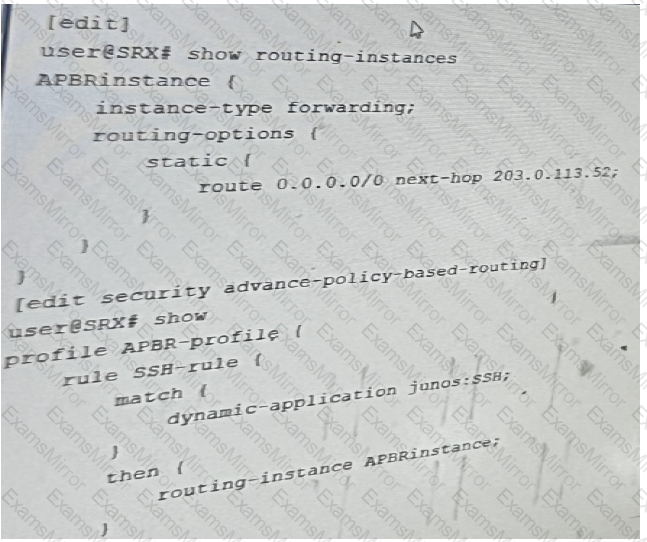
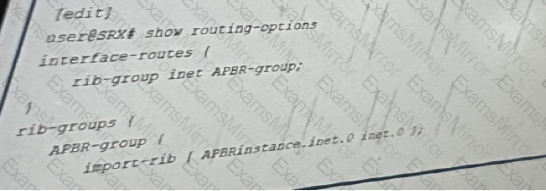
Referring to the exhibit, what should be changed to solve this issue?
Exhibit:
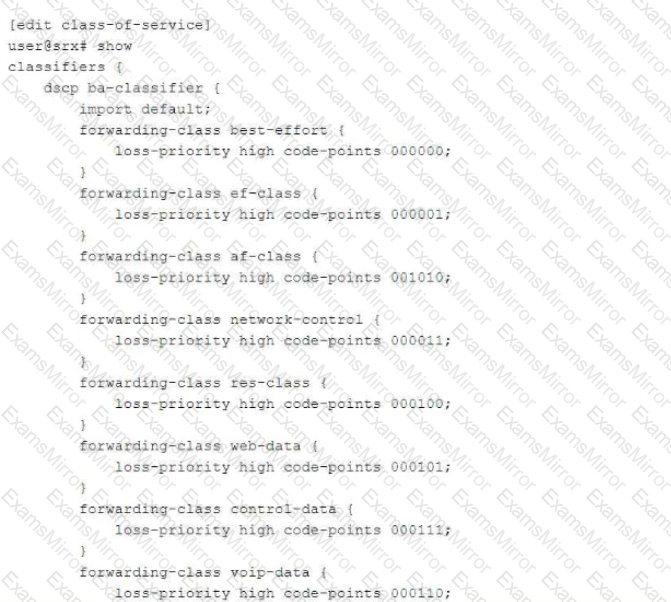
You have configured a CoS-based VPN that is not functioning correctly.
Referring to the exhibit, which action will solve the problem?
Referring to the exhibit,
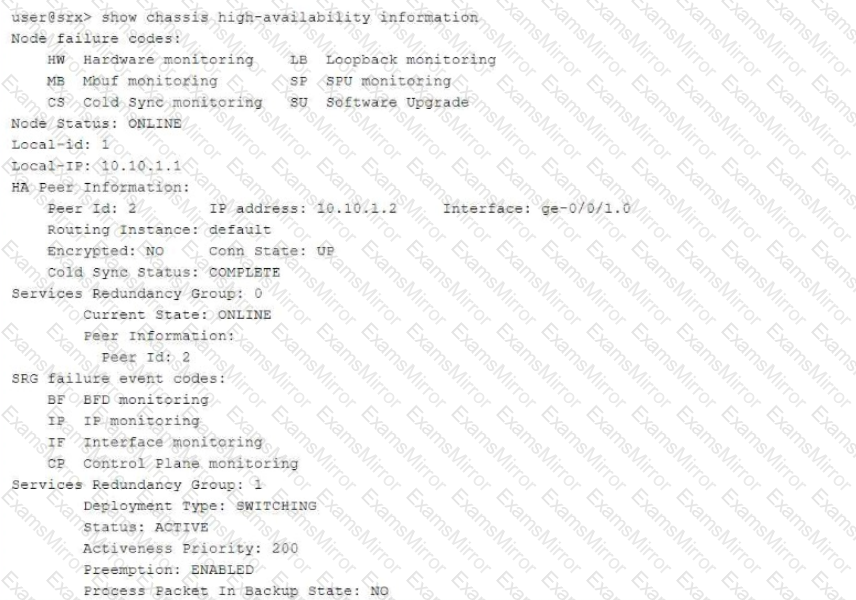
which three statements about the multinode HA environment are true? (Choose three.)
You are attempting to ping the IP address that is assigned to the loopback interface on the
SRX series device shown in the exhibit.
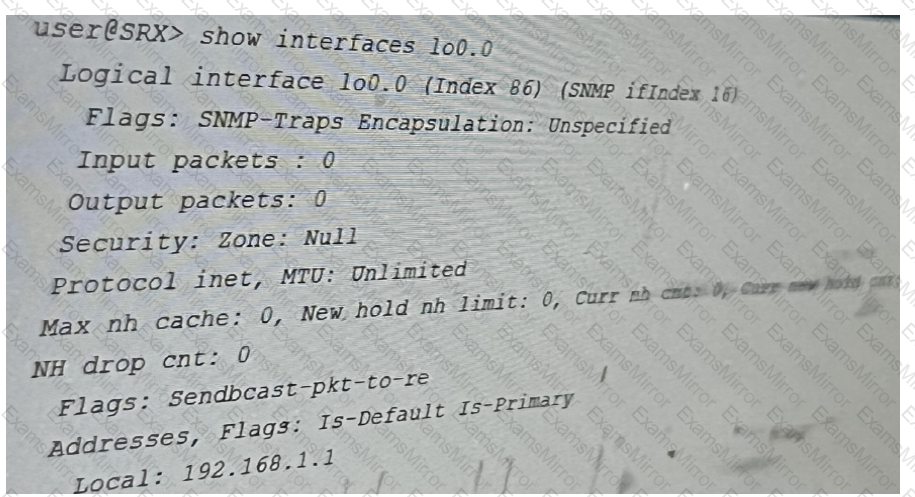
What is causing this problem?
A customer wants to be able to initiate a return connection to an internal host from a specific
Server.
Which NAT feature would you use in this scenario?
TOP CODES
Top selling exam codes in the certification world, popular, in demand and updated to help you pass on the first try.
